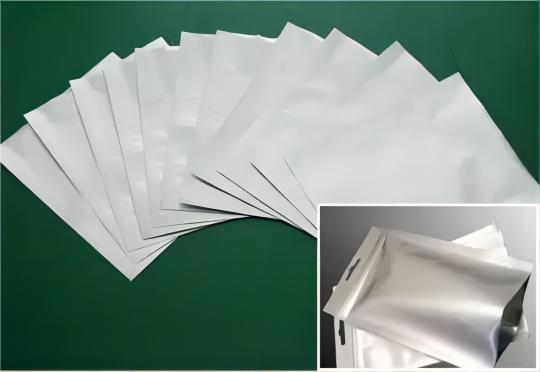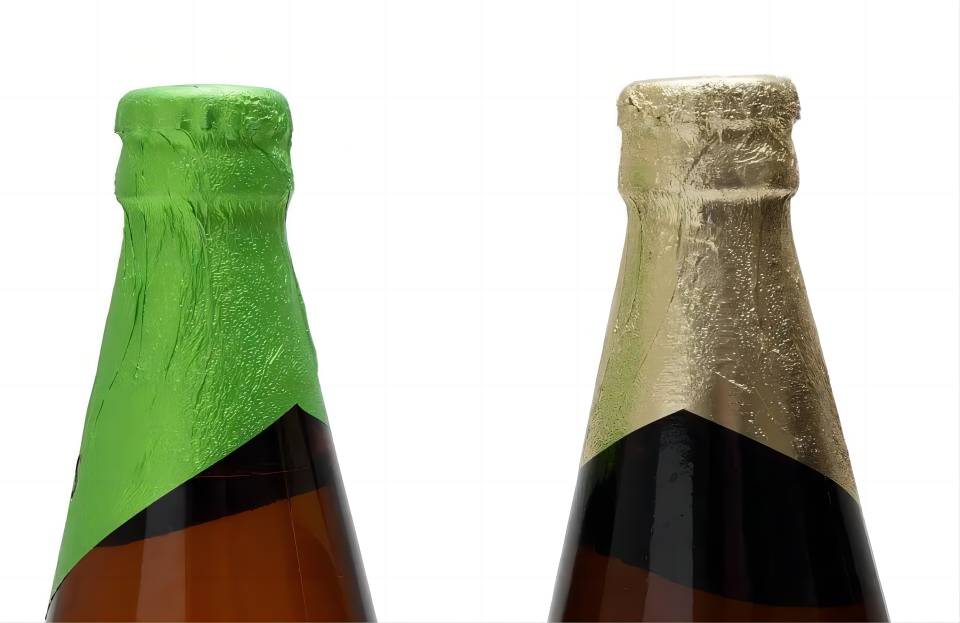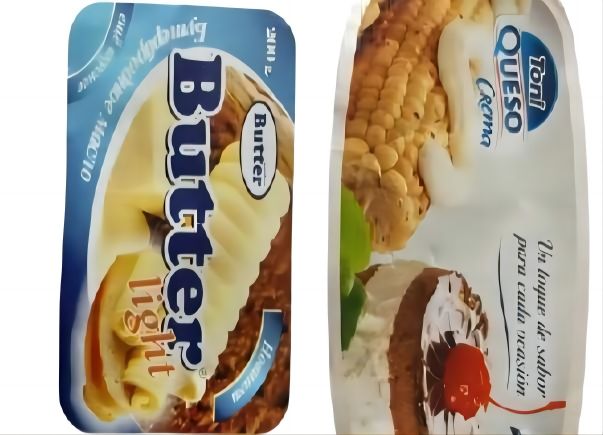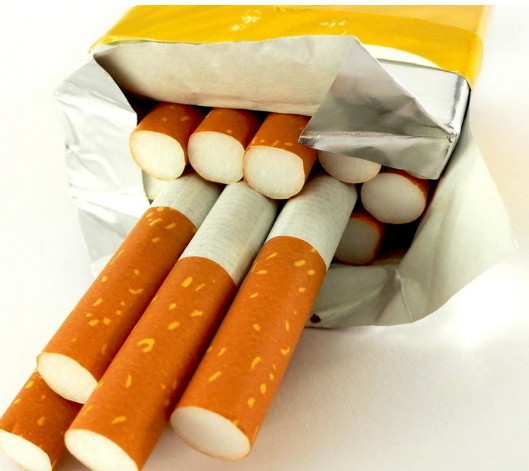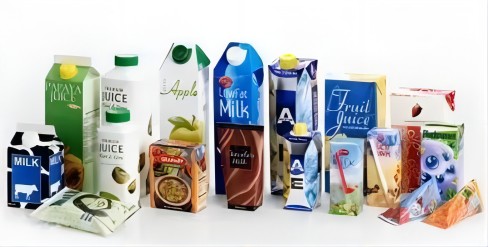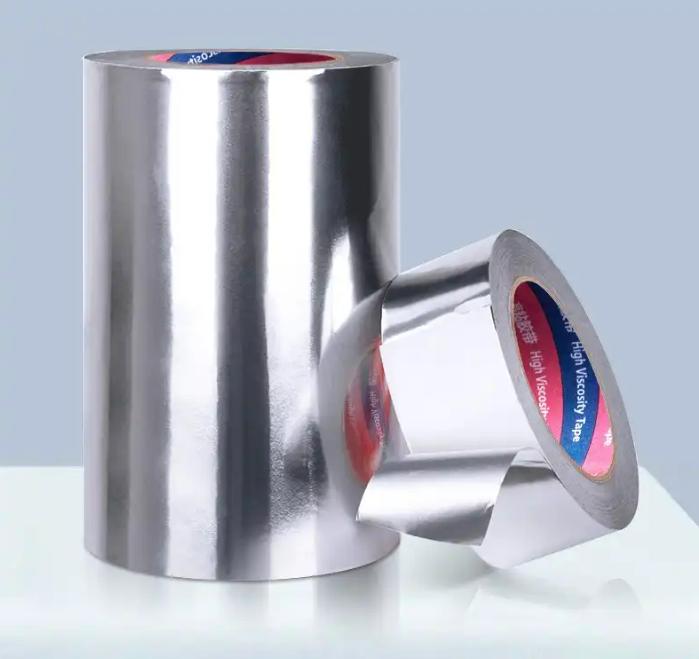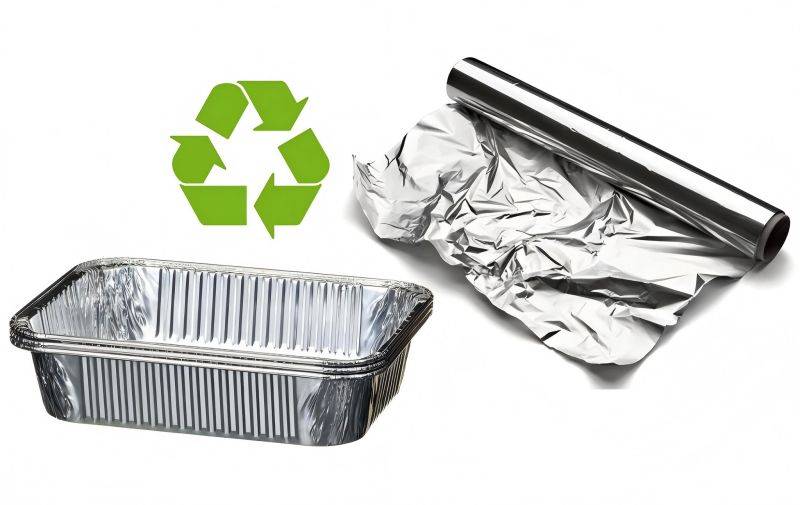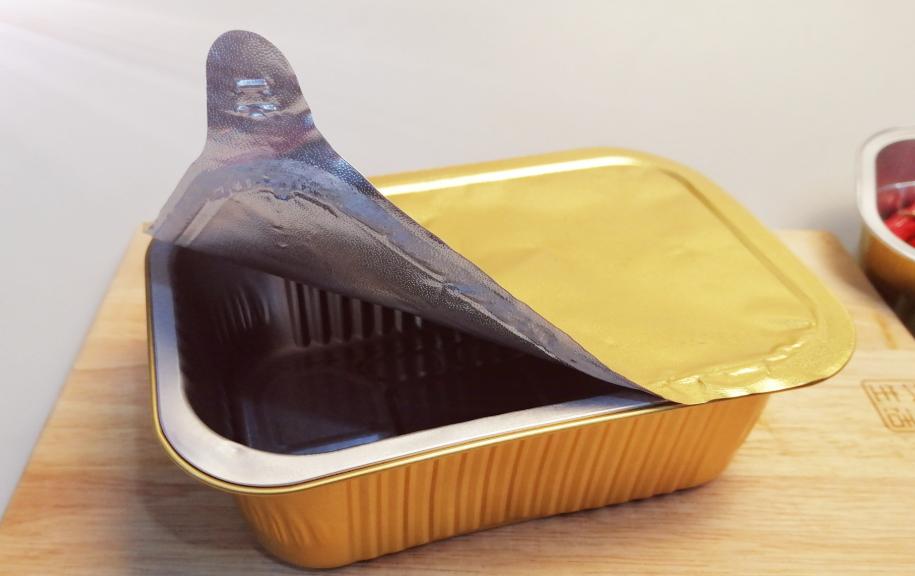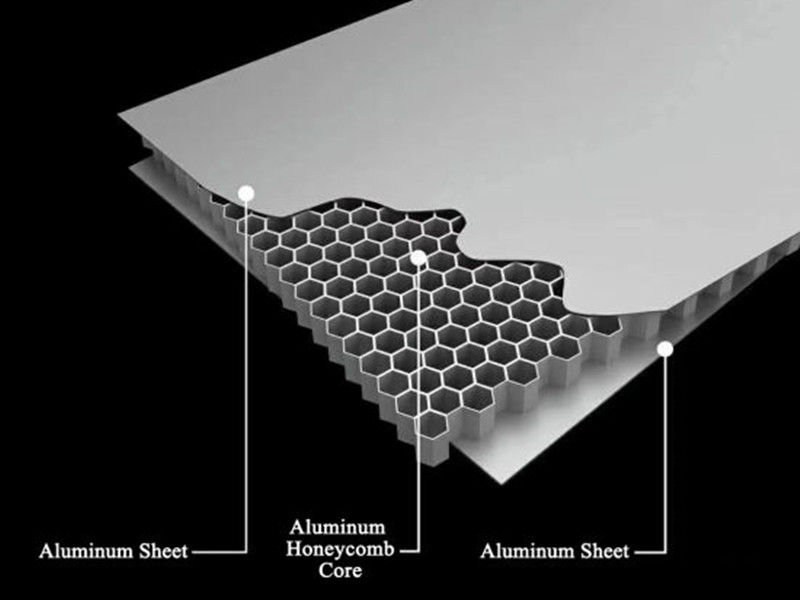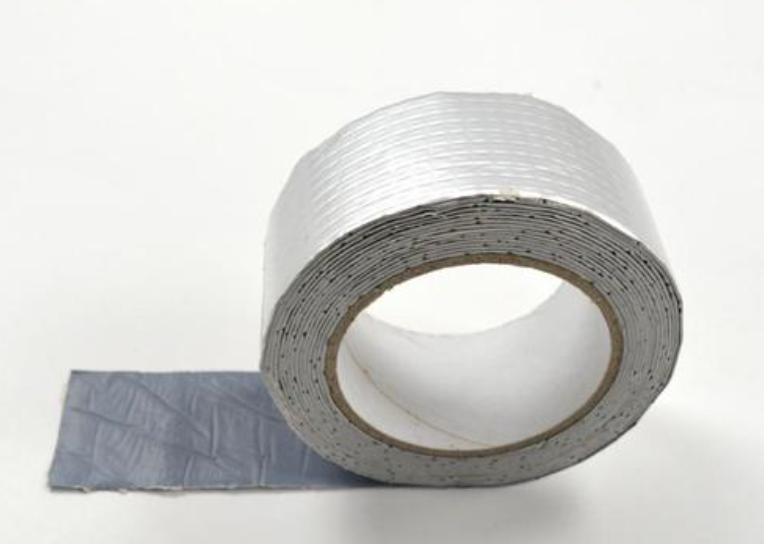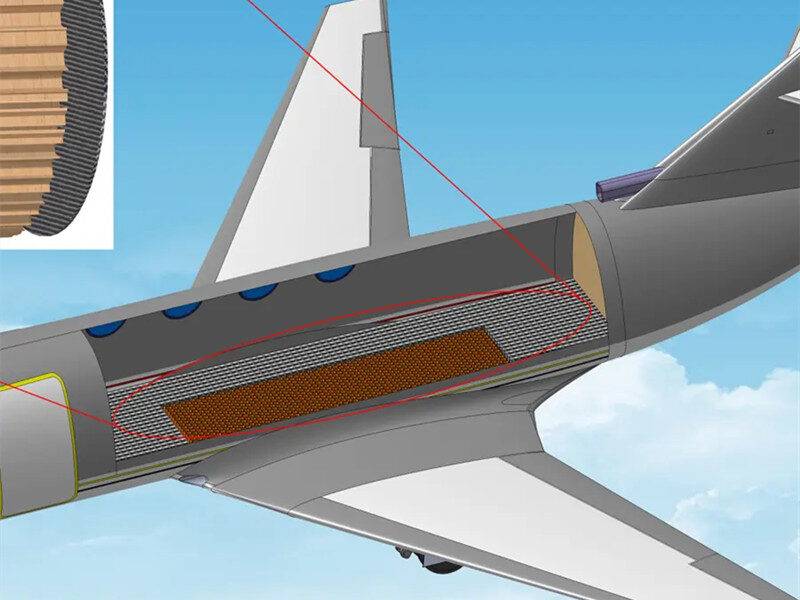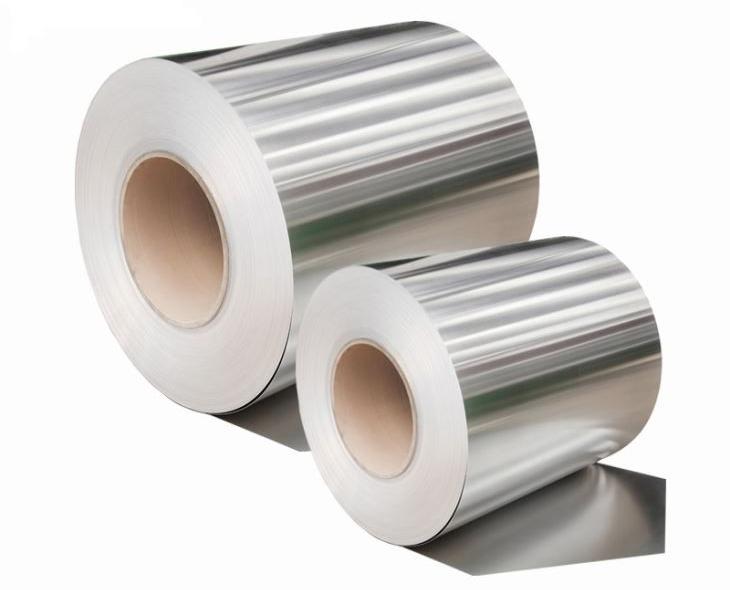Aluminum foil is a versatile kitchen tool that offers a multitude of benefits for oven cooking. From trapping heat and moisture to preventing excessive browning and creating convenient single-serving packets, foil can simplify meal preparation and cleanup. However, many people ask, “Is aluminum foil safe for oven?“. The answer is an absolute “YES”. But for optimal results and safety, it’s important to understand the proper techniques for using aluminum foil in your oven.
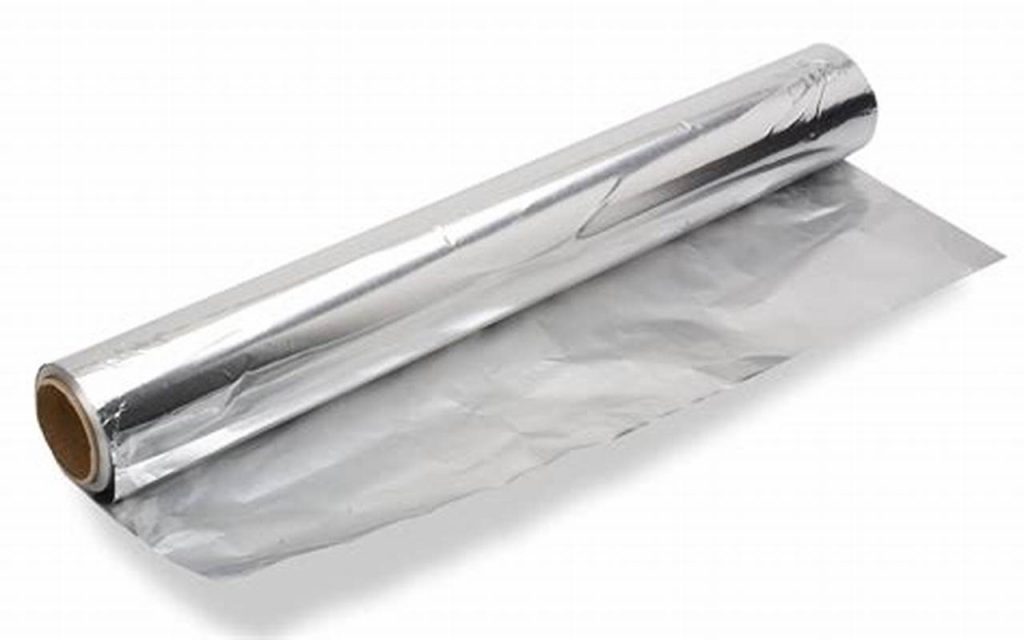
Why Use Aluminum Foil in the Oven?
1. Trapping Heat and Moisture for Juicy Results
One of the primary advantages of using aluminum foil in the oven is its ability to trap heat and moisture. This is particularly useful for dishes that tend to dry out during extended cooking times, such as roasts, poultry, and casseroles. By wrapping food loosely with foil, you create a microclimate that steams the food gently, preventing it from losing its natural juices and becoming tough or overcooked.
Here’s a step-by-step guide on how to use aluminum foil to trap heat and moisture:
- Preheat your oven to the desired temperature according to your recipe.
- Prepare your food for roasting or baking. Season it as needed.
- Cut a large sheet of aluminum foil, ensuring it’s big enough to completely cover the top and sides of your baking dish with some overhang.
- Crumple the foil loosely into a ball. This helps create a tent over the food rather than a tight seal.
- Unfold the crumpled foil and gently cover the baking dish with the food. The foil should not be wrapped tightly around the food itself. Leave some space for air to circulate.
- Fold the overhanging foil edges over the rim of the baking dish to create a loose seal.
- Roast or bake the food according to your recipe, following the recommended cooking time.
- During the last 15-20 minutes of cooking, if you prefer a browned exterior, carefully remove the foil to allow the top to crisp up.
Examples of Dishes That Benefit from Foil-Wrapped Cooking:
- Whole roasted chicken
- Turkey breast
- Beef pot roast
- Pork shoulder
- Lasagna
- Casseroles
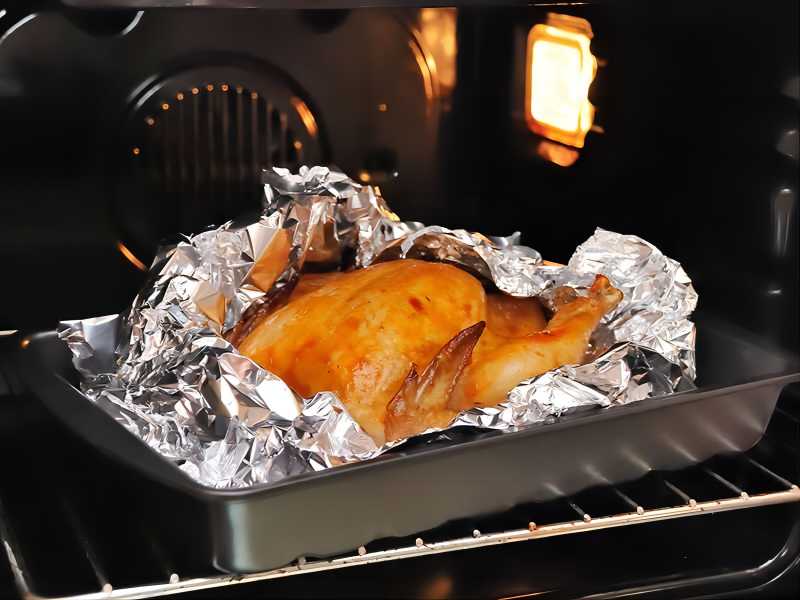
2. Shielding Food from Excessive Browning
Aluminum foil can also be used effectively to prevent excessive browning on the surface of food during oven cooking. This is particularly helpful for dishes with delicate tops, such as quiches, cheesecakes, or gratins. By loosely covering the food with foil during the initial baking stage, you can ensure the interior cooks through gently without the top burning or becoming overly browned.
Here’s how to use aluminum foil to shield food from browning:
- Preheat your oven according to your recipe instructions.
- Prepare your food for baking as directed in your recipe.
- Cut a piece of aluminum foil large enough to cover the top of your baking dish loosely.
- Gently lay the foil over the top of the baking dish. Don’t press it directly onto the food.
- Bake the food for the initial baking time specified in your recipe, with the foil covering the top.
- After the initial baking time, carefully remove the foil and continue baking according to the recipe instructions to allow for browning and crisping of the top, if desired.
Examples of Dishes That Benefit from Foil Shielding:
- Quiches
- Cheesecakes
- Gratins
- Frittatas
- Fruit crumbles
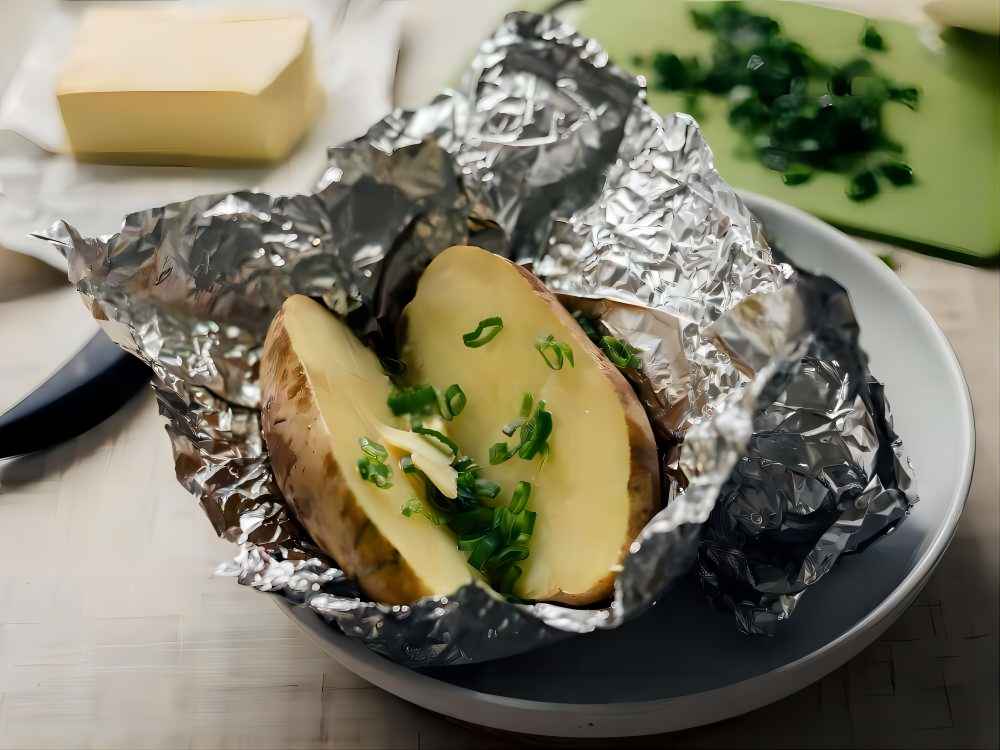
3. Creating Convenient Foil Packets for Individual Servings
Aluminum foil packets are a great way to cook single servings of food in the oven with minimal cleanup. This method allows you to combine ingredients, seasonings, and vegetables in a single packet, resulting in a flavorful and mess-free meal.
Here’s a basic guide on how to create foil packets for oven cooking:
- Preheat your oven to the desired temperature according to your recipe.
- Cut a large sheet of aluminum foil into squares or rectangles, depending on the size of your desired portions.
- Place your chosen protein, vegetables, and seasonings in the center of the foil square.
- Drizzle with a little olive oil or melted butter for added moisture, if desired.
- Bring the opposite sides of the foil together and fold them over each other to create a tight seal along the center edge. Then, fold down the sides of the foil packet to form a leak-proof enclosure.
- Repeat steps 3-5 to create individual foil packets for each serving.
- Place the foil packets on a baking sheet and bake according to your recipe instructions, considering the cooking time of the protein and vegetables used.
Tips for Using Foil Packets
- Use heavy-duty foil for sturdier packets, especially for dishes with long cooking times.
- Leave a small pocket of air space inside the packet to allow for steam circulation and even cooking.
- You can add a splash of broth or white wine to the packet for additional moisture and flavor complexity.
- Experiment with different herbs and spices to customize the flavor profile of your foil packets.
- Be mindful of cooking times when using ingredients with varying cooking speeds. Denser vegetables like potatoes or carrots might benefit from pre-cooking or chopping them into smaller pieces to ensure they cook through simultaneously with the protein.
Examples of Dishes Suitable for Foil Packets:
- Salmon with roasted vegetables and lemon
- Chicken fajita packets with peppers and onions
- Shrimp scampi with zucchini and herbs
- Vegetarian lentil and vegetable stew
- Meatloaf with mashed potato topping
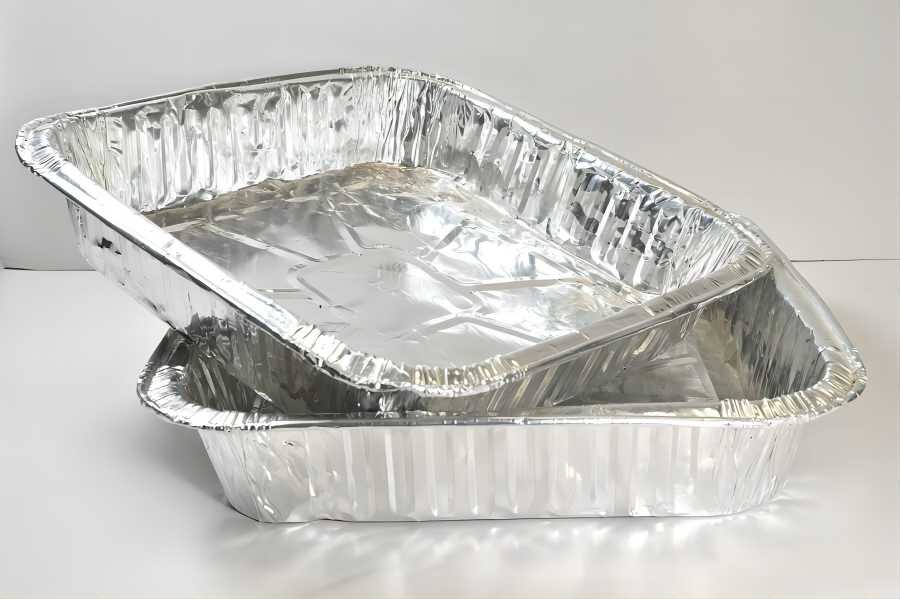
Important Considerations for the Safe Use of Aluminum Foil in the Oven
While aluminum foil offers numerous benefits for oven cooking, it’s important to understand some key considerations for safe and effective use.
- Not Recommended for Lining Oven Bottom: While it might seem like a convenient way to catch drips and spills during cooking, lining the entire bottom of your oven with aluminum foil is not recommended. Trapping heat underneath the foil can potentially damage your oven’s heating elements. Instead, use a dedicated drip pan specifically designed to catch drippings from roasts or casseroles.
- Use with Caution for Acidic Foods: Aluminum can react with highly acidic foods like tomatoes, citrus fruits, or vinegar. This reaction can cause leaching of aluminum into the food, potentially resulting in a metallic taste. If you’re concerned about this, limit the use of foil with acidic ingredients or opt for alternative cooking methods.
- Avoid Tight Wrapping: While foil helps trap moisture, it’s important not to wrap food too tightly. A tight seal can prevent steam from escaping, leading to uneven cooking and potentially soggy food. Aim for a loose tent over the food or a slightly open packet to allow some steam circulation.
- Heavy-Duty Foil for Long Cooking Times: Regular aluminum foil can tear or burn during extended cooking periods at high temperatures. For recipes requiring longer cook times, consider using heavy-duty aluminum foil for added strength and durability.
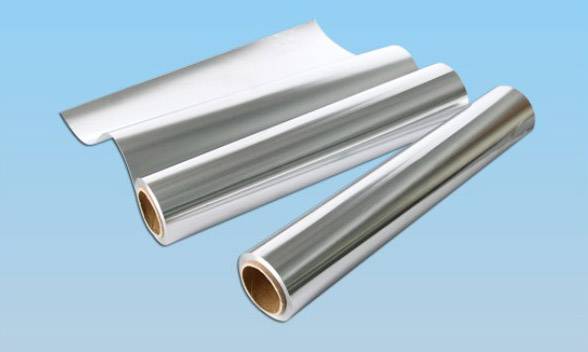
Conclusion
Aluminum foil remains a valuable tool for a variety of oven cooking tasks. By understanding its proper use and following these safety guidelines, you can leverage the benefits of foil to create delicious and convenient meals. From trapping heat and moisture to preventing excessive browning and crafting single-serving packets, aluminum foil can simplify your cooking process and elevate your culinary creations. So next time you’re preparing a dish for the oven, consider how aluminum foil can enhance your cooking experience.

